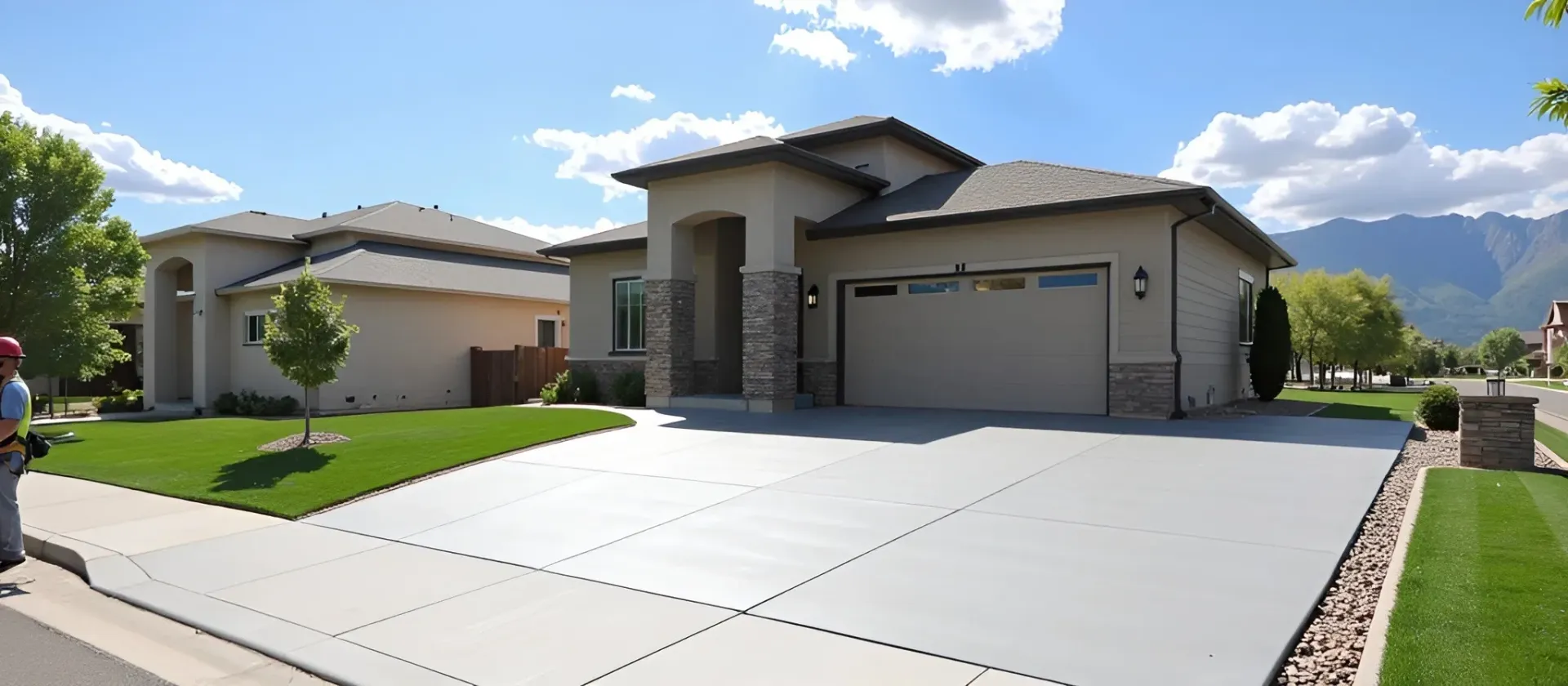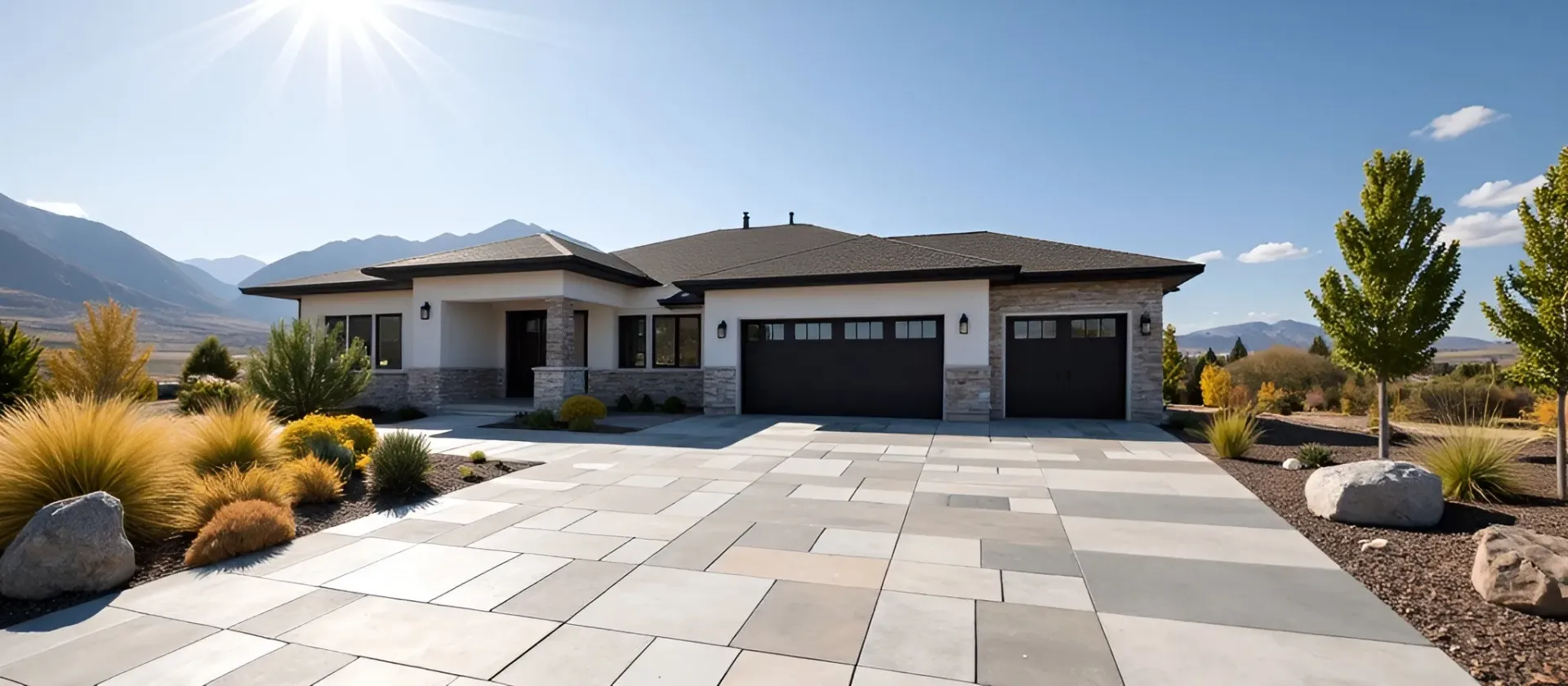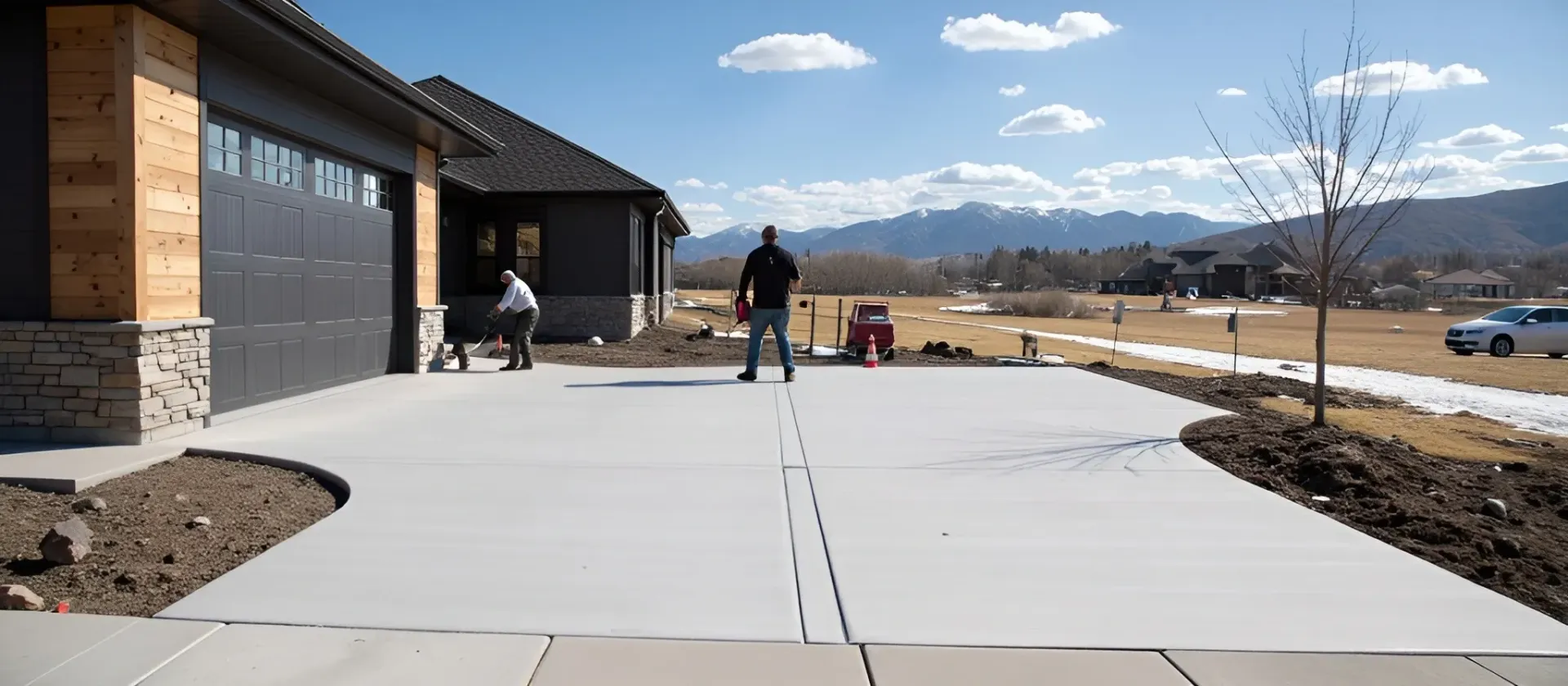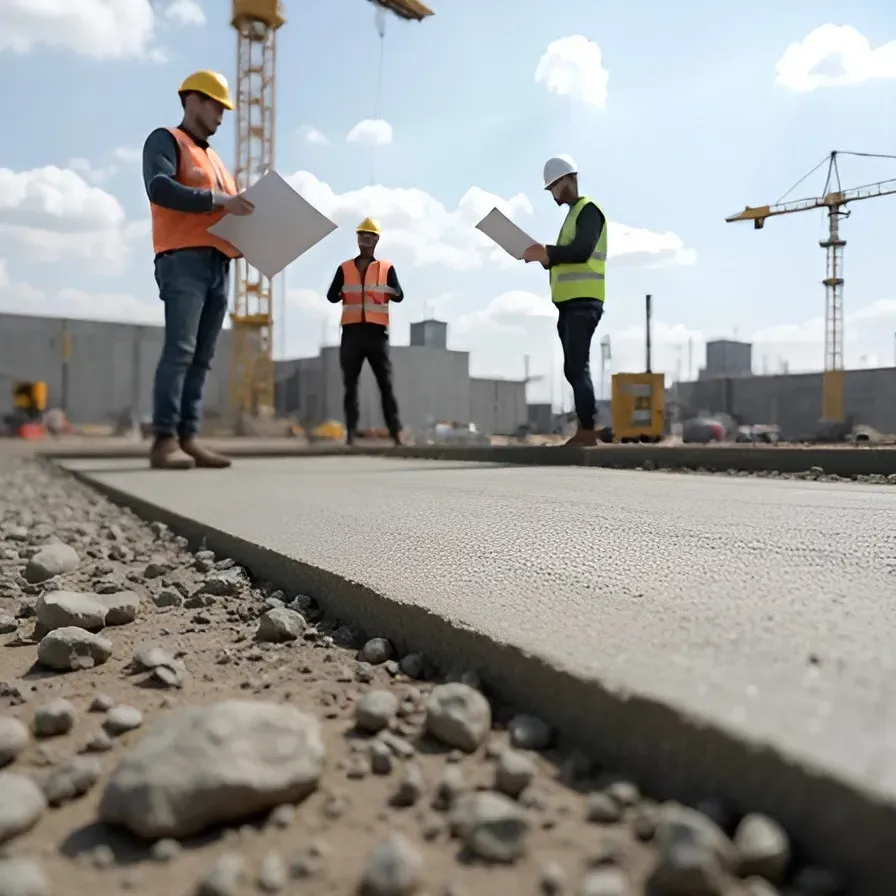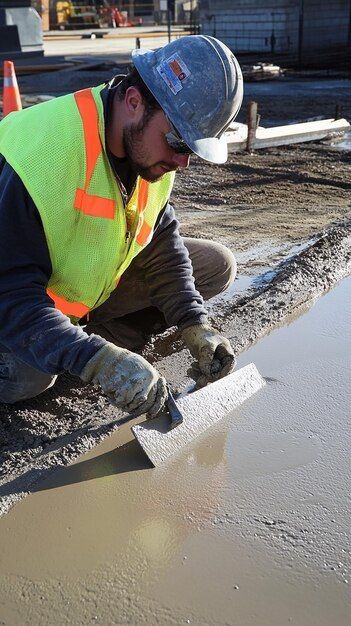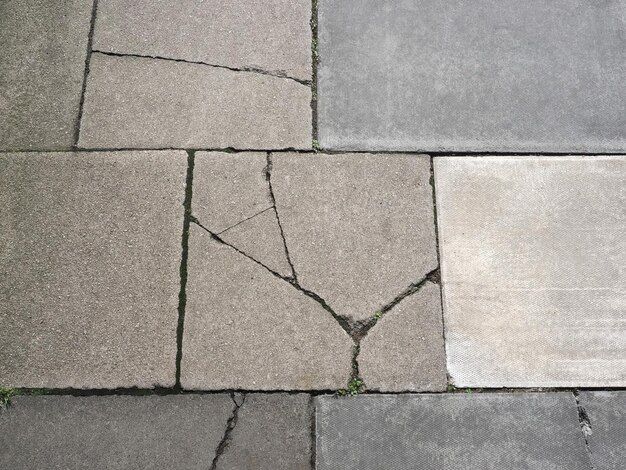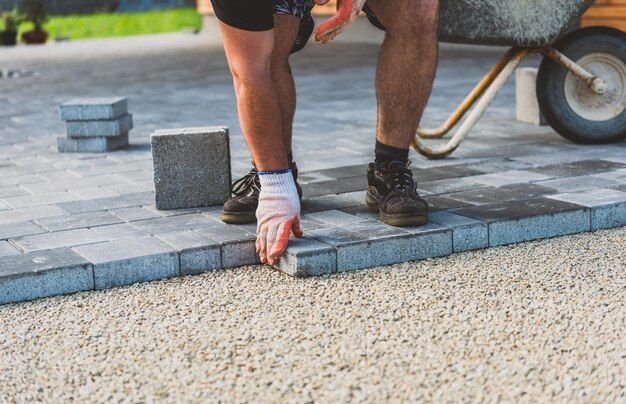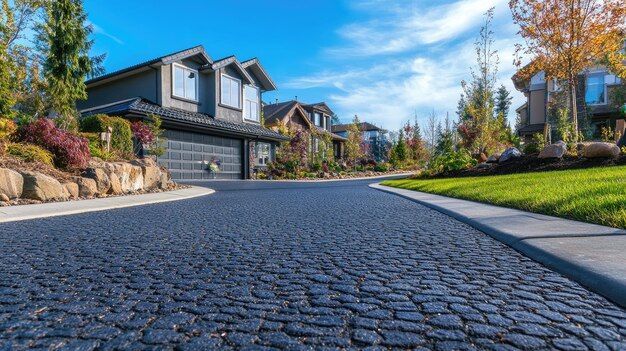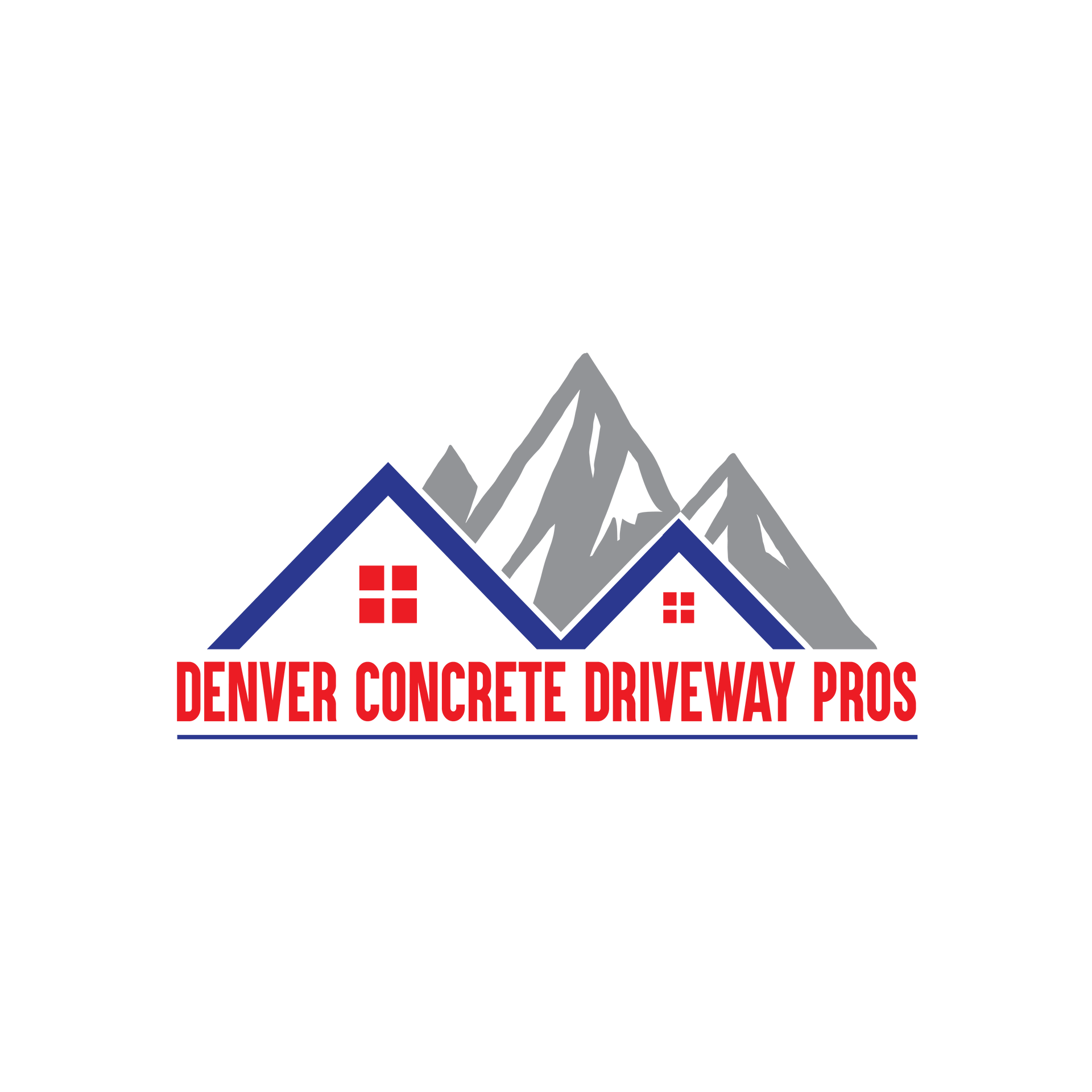Why Surface Texture Matters: Experts’ Insights on Skid Resistance in Denver, CO

Driving in rain in Denver, CO becomes difficult as water reduces friction between tires and the road. It's the main reason aquaplaning happens.
Roads aren’t just flat pieces of pavement. They have tiny grooves, bumps, and patterns that play a huge role in keeping your car stable, especially in wet conditions. These small details can mean the difference between a safe stop and a dangerous skid.
But why does surface texture matter so much? Let’s see what the experts say.
What Is Skid Resistance and Why Does It Matter?
Skid resistance is a measure of road friction. It helps tires grip the surface, especially in wet conditions. With low friction, braking and turning become dangerous, increasing the risk of skidding. Without good skid resistance, the chances of accidents in Denver, CO rise significantly.
The most dangerous conditions arise when roads are wet. Water creates a thin layer between your tires and the pavement and it reduces traction. If the road is too smooth, your car might hydroplane. Meaning the tires lose contact with the pavement entirely. This is why having the right surface texture is so critical because it helps your tires maintain their grip, even in bad weather.
The Science Behind Surface Texture
Road surfaces are not all the same. The way they are built affects how well they grip tires. Experts break down surface texture into two key types:
1. Microtexture: The Fine Details That Matter
Microtexture refers to the tiny, sandpaper-like roughness of the road. It’s created by stones and materials used in the pavement mix. The tiny bumps give enough friction to help your tires grip the road.
Over time, traffic polishes these tiny rough edges, reducing skid resistance. This is why roads need regular maintenance to ensure they remain effective. Fiber-reinforced concrete is one way professionals try to extend surface life by enhancing durability and resisting wear.
2. Macrotexture: The Bigger Picture
Macrotexture consists of larger grooves, ridges, and patterns on the road’s surface. You can see them when looking at the overall road structure. These grooves take water away from the tires. Without macrotexture, water can pool on the surface and create a slippery layer.
Some modern materials, like geopolymer concrete, are also gaining traction for their durability and environmental advantages—making them a potential solution for better, long-lasting road texture.
How Surface Texture Affects Driving in Wet vs. Dry Conditions
- In dry conditions: Microtexture is the most important factor. It helps tires grip the road, especially when braking or taking sharp turns.
- In wet conditions: Macrotexture plays a bigger role. Deep furrows allow water to escape and prevent it from building up under your tires which causes hydroplaning.
Together, these textures create the safest possible driving conditions. Roads that lack either can become dangerous, increasing the chances of accidents.
Expert Insights: What Research Says About Skid Resistance
Studies show that proper road texture significantly reduces accidents in wet conditions. Federal Highway Administration says that pavement friction is one of the most vital elements in road safety.
Research has found that:
- Roads with well-maintained surface textures reduce crashes in wet weather by up to 50%.
- Polished road surfaces increase stopping distances which makes accidents more likely.
- High-friction surface treatments such as adding rough aggregate restore skid resistance.
Transportation Research Board found that skid resistance drops significantly after a few years of use.
This is why continuous monitoring and maintenance are essential for road safety.
How Roads Lose Their Grip Over Time
Roads don’t stay the same forever. Over time, their surface texture wears down, making them more dangerous. Here’s how it happens:
- Traffic Wear: Thousands of cars pass over roads daily, smoothing out rough textures.
- Weathering: Rain, snow, and heat cause roads to break down, leading to loss of surface texture.
- Tire Polishing: The constant movement of tires can polish the road surface, reducing friction.
When roads lose their texture, they need maintenance to restore skid resistance. This is why cities and highway agencies regularly inspect roads and apply treatments to keep them safe.
This surface breakdown is similar to what happens in residential areas, where concrete driveways start cracking due to wear, weather, and poor maintenance.
Cracking, surface wear, and polished finishes all reduce traction. Over time, small types of cracks can evolve into major safety hazards if left untreated.
How Engineers Improve Surface Texture for Safety
To maintain skid resistance, engineers use several techniques:
1. Diamond Grinding
Diamond grinding removes a thin layer of pavement, exposing fresh, rough surface texture. This technique improves both microtexture and macrotexture.
2. High-Friction Surface Treatments
These treatments add special high-friction materials to the road, restoring grip. They are often used on dangerous curves, intersections, and steep inclines.
3. Grooving and Texturing
In some cases, roads are built with deep grooves to maintain skid resistance. This method is especially useful on highways and bridges, where wet-weather traction is critical.
What Can Drivers Do?
While road design plays a major role in skid resistance, drivers can take steps to stay safe:
- Check Your Tires: Worn-out tires provide less friction. Regularly check your tire tread. Replace them when needed.
- Slow Down in Rain: Even with good road texture, wet conditions reduce grip. Drive slower and keep a safe distance from other vehicles.
- Avoid Sudden Stops and Turns: Quick brakes and sharp turns cause skidding, especially on smooth roads.
Conclusion: The Road to Safety Starts with Texture
Surface texture plays a huge role in road safety. The tiny grooves and patterns beneath your tires help prevent skidding, reduce accidents, and keep traffic moving smoothly.
Experts agree that maintaining good skid resistance is essential. Without proper surface texture, roads become dangerous, especially in wet conditions. Regular and advanced road treatments keep roads safe for everyone.
Those tiny bumps and grooves work hard to keep you safe. Road texture isn’t just about the pavement—it’s about protecting lives.
